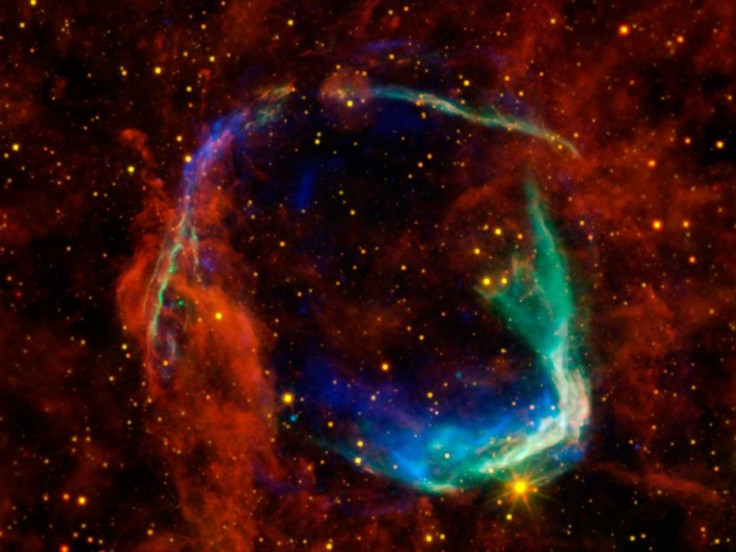NASA Explains 2,000-Year-Old Mystery of Exploding Star

Chinese astronomers looked up in the sky back in 185 A.D. and found a mysterious guest star that stayed around for eight months then disappeared. The sighting was the first documented supernova confirmed by scientists in the 1960s.
New infrared observations from NASA telescopes solved the mystery of how the first-recorded supernova ever occurred and how its shattered remains ultimately spread out to great distances.
The observations came from NASA's Spitzer Space Telescope and Wide-field Infrared Survey Explorer, or WISE.
This supernova remnant got really big, really fast, said Brian J. Williams, an astronomer at North Carolina State University in Raleigh. Williams is lead author of a new study detailing the findings online in the Astrophysical Journal. It's two to three times bigger than we would expect for a supernova that was witnessed exploding nearly 2,000 years ago. Now, we've been able to finally pinpoint the cause.
The findings show that the stellar explosion took place in a hollowed-out cavity, allowing material expelled by the star to travel much faster and farther than it would have otherwise.
© Copyright IBTimes 2024. All rights reserved.





















